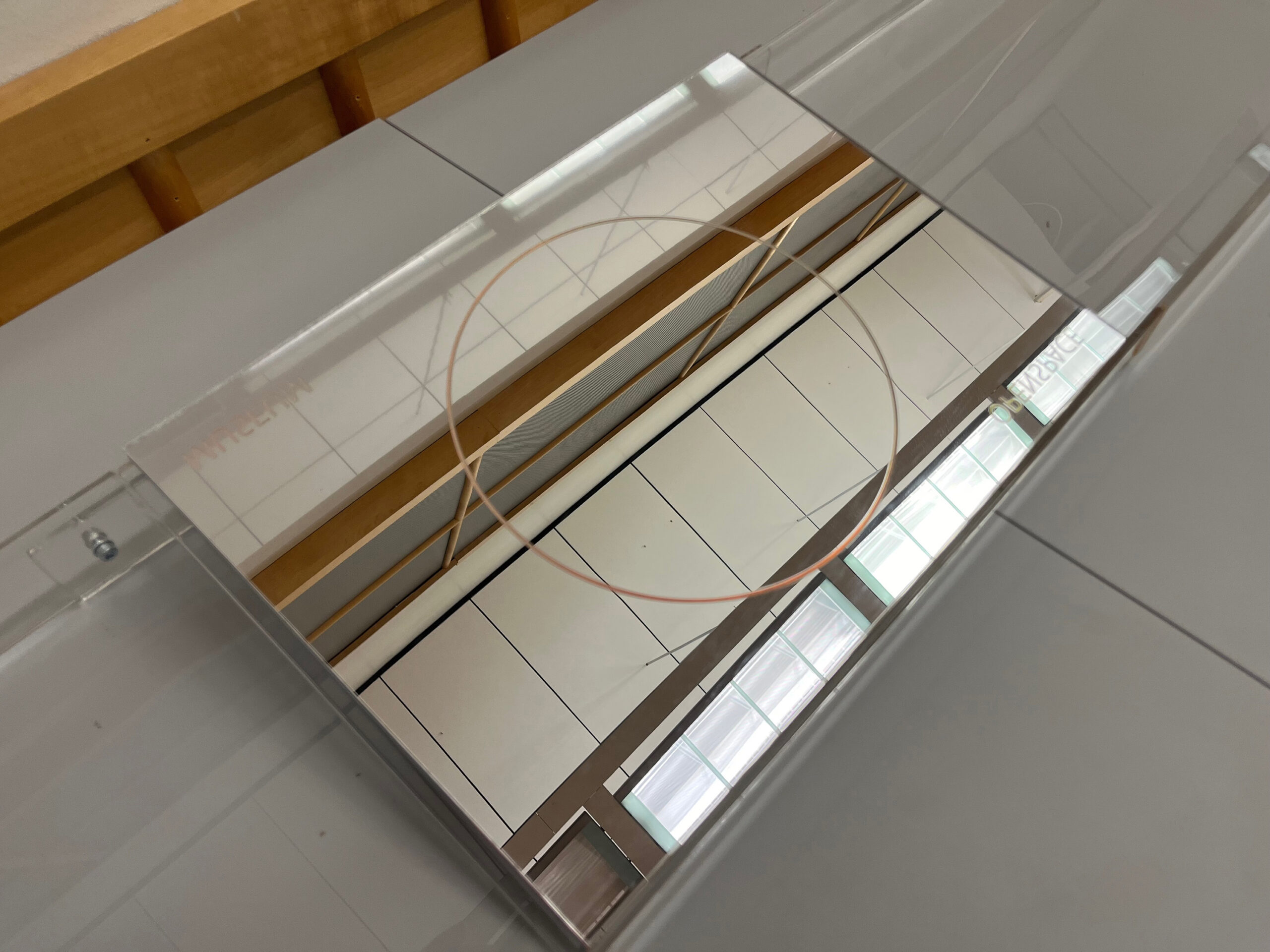Introduction
This report outlines the development process of an Autochrome Demonstrator designed for display in museums. The project aims to serve as an educational tool for discovering and appreciating early colour photography using the Autochrome technique. An integral aspect of the Demonstrator involves the utilization of artificial intelligence to digitally restore Autochromes, enabling viewers to distinguish between original and generated materials. Through this endeavor, we aim to stimulate dialogue surrounding the use of AI in cultural heritage preservation.

Fig. 1. The image shows the parts of an Autochrome plate along with the complete process of exposing and developing an Autochrome. [Adapted from Casella & Tsukada (2012)]
The Autochrome Technique
The Autochrome, pioneered by the Lumière brothers in the early 20th century, represents a significant advancement in color photography. This innovative process allowed photographers to capture and reproduce images in color for the first time, revolutionizing visual storytelling and documentation of the world around them.
The fabrication of Autochrome plates involved the meticulous assembly of two glass plates. One plate was coated with a light-sensitive emulsion, while the other was layered with dyed potato starch grains serving as color filters. The careful alignment of these plates enabled the recording of color information during exposure.

Fig. 2: The Plate Holder Mock-up: A component designed to securely hold and to ensure stability and alignment of the plates within the Autochrome Demonstrator, allowing for accurate alignment for viewing.
The Autochrome Demonstrator
The Autochrome Demonstrator is a multifaceted device designed to showcase the historical significance and intricate beauty of Autochrome plates. It serves as both an educational tool and a visual experience, offering hands-on interaction with Autochrome images. The Demonstrator incorporates several key components, including:
- Lightbox: Provides uniform illumination for optimal viewing of Autochrome plates.
- Plate Holder: Ensures secure positioning and alignment of plates within the Demonstrator.
- Ocular Occluder: Regulates viewing conditions by controlling light entry through a system of pinholes.
- Telescoper: Magnifies Autochrome originals by 300X, enhancing visibility of color particles in the plate.
Introducing the Autochrome Demonstrator into museum setting offers the public a unique opportunity to juxtapose digitally restored images with their authentic counterparts. Viewers can examine intricate details of both original Autochrome plates and digitally restored elements, gaining deeper insights into the restoration process using AI and its impact on cultural heritage preservation.
Conclusion
The Autochrome Demonstrator stands as a tribute to the historic significance and technical intricacies of Autochrome photography. Through its meticulous design and thoughtful method of exhibiting Autochromes, it provides a comprehensive exploration of this historic photographic technique, enriching the understanding of early color photography for enthusiasts and scholars alike.

Fig. 3: The Ocular Occluder Mock-up. This is the component used on the Demonstrator to control the viewing conditions. It uses a system of pinholes to regulate the amount of light entering the eye, which in turn enhances the viewing experience.
The above text offers a glimpse into the evolution of the Autochrome Demonstrator project and its potential to transform the museum experience, bridging the gap between past and present through the lens of innovative technology and cultural heritage preservation.

Fig. 4: The Telescoper Mock-up . This side of the Autochrome Demonstrator is responsible for magnifying the Autochrome original so that the viewer can zoom into the image and see the colour mosaic and see how the colour components behind the additive colour process.
Bibliography
Articles
Pinhole Occluder. Retrived April 2024, from [https://en.wikipedia.org/wiki/Pinhole_occluder],
Pinhole Glasses, Retrived April 2024, from [https://en.wikipedia.org/wiki/Pinhole_glasses],
Dilation Geometry. Retrived March 2024, from [https://www.cuemath.com/geometry/dilation-geometry]
Similarity [https://en.wikipedia.org/wiki/Similarity_(geometry), accessed in March 2024],
Wood Trim Molding Profile Pictures [https://www.pinterest.com/pin/584412489140573678/, accessed in February 2024],
Autochrome. (n.d.). Victoria and Albert Museum. Retrieved January 2024, from [https://collections.vam.ac.uk/search/?page=1&page_size=15&q=Autochrome]
Papers
Clay, A., Trumpy, G., Wetzel, R., & Weinstein, M. (2023). Poster: Prototyping Care: Two Case Studies. In A. Bucciero, B. Fanini, H. Graf, S. Pescarin, & S. Rizvic (Eds.), EUROGRAPHICS Workshop on Graphics and Cultural Heritage Proceedings.
Prepared by: Arthur Clay, HSLU; Chiara Gemma Fedon, HSLU



